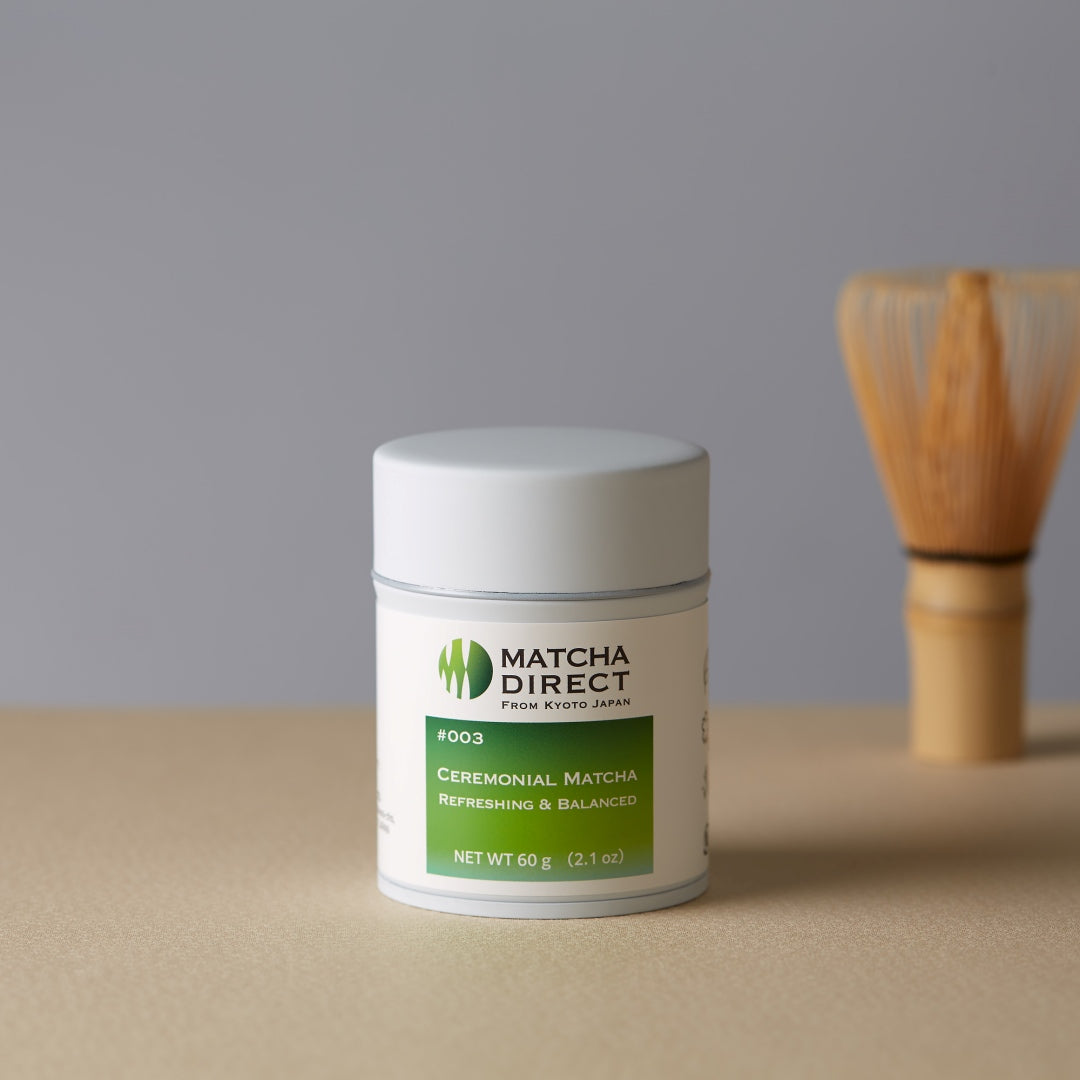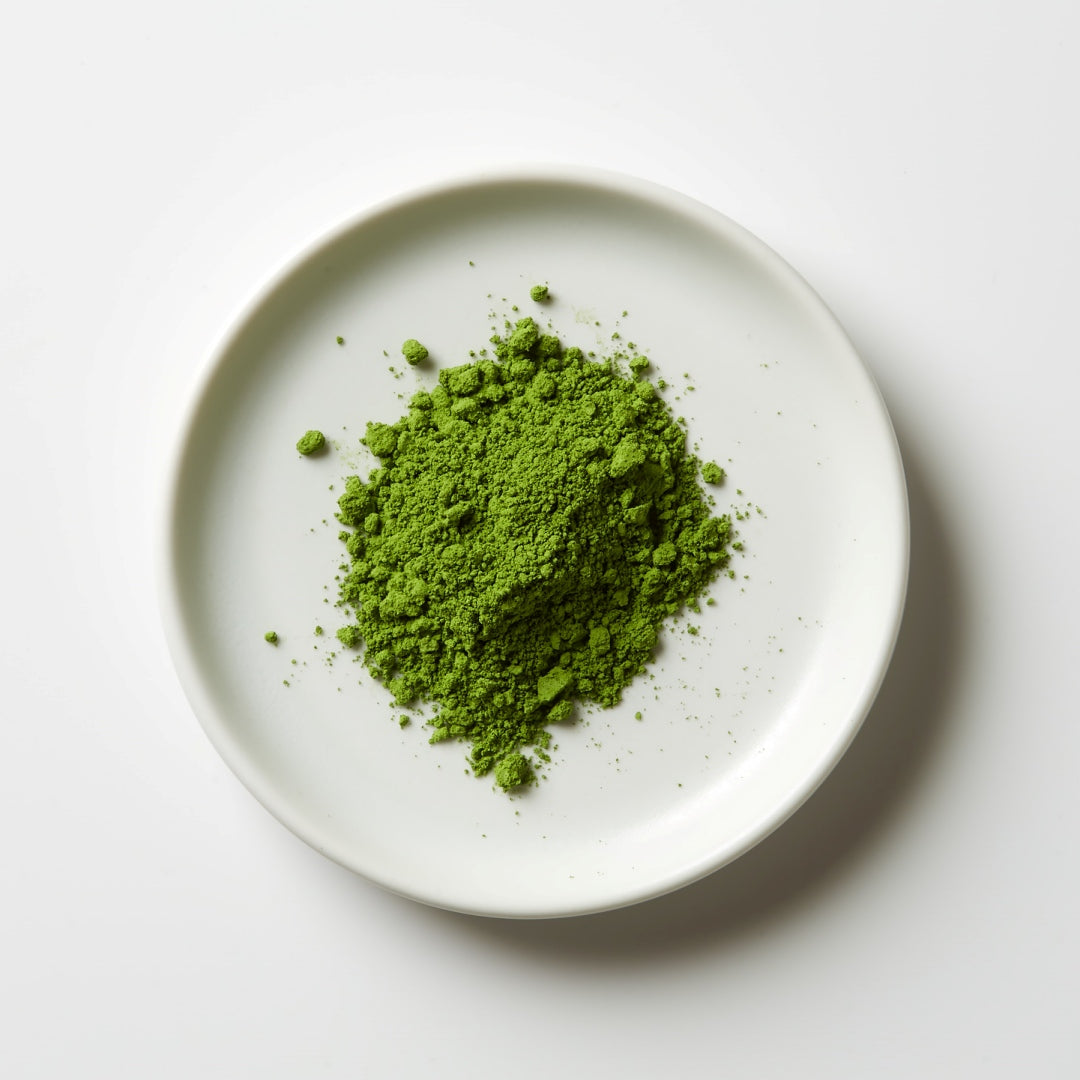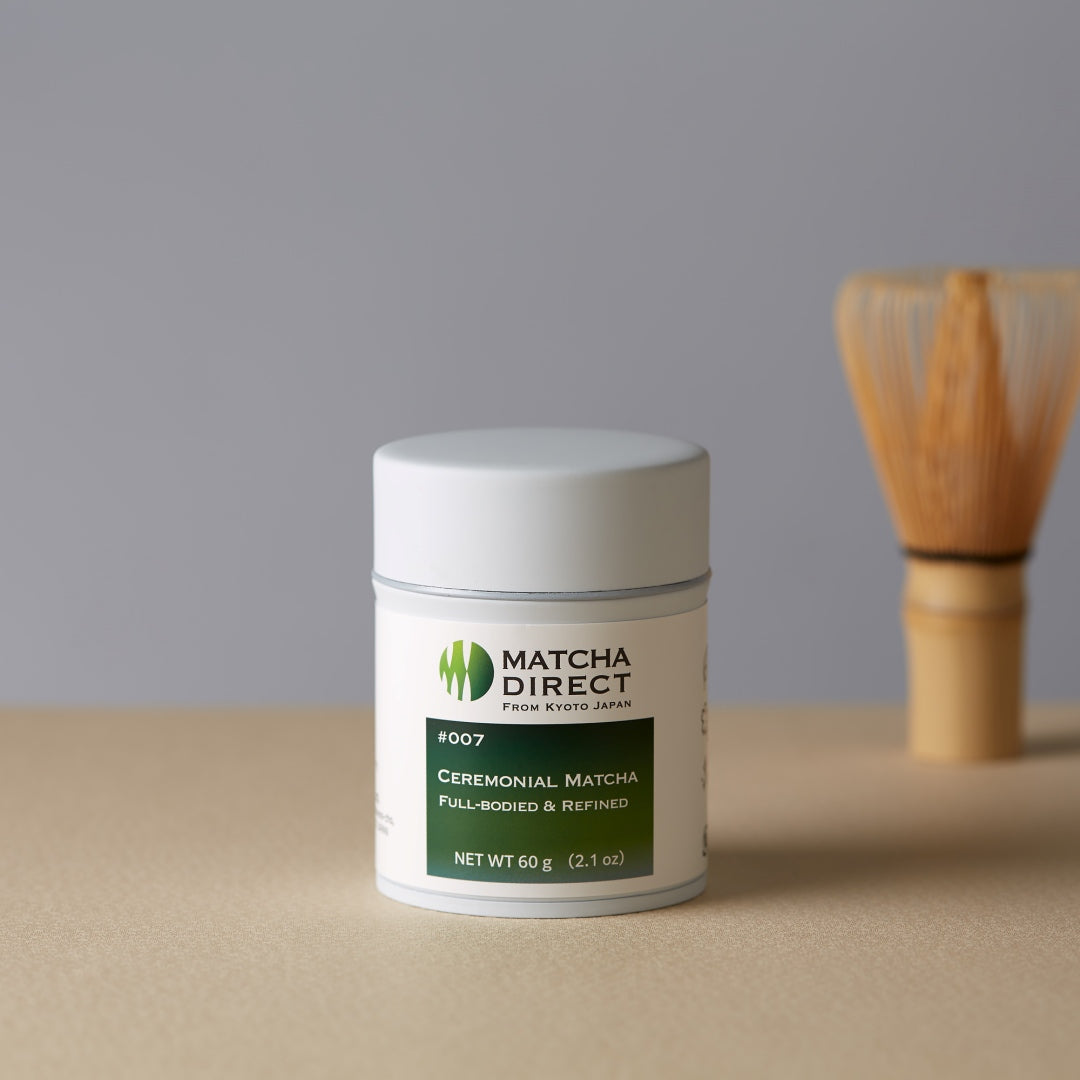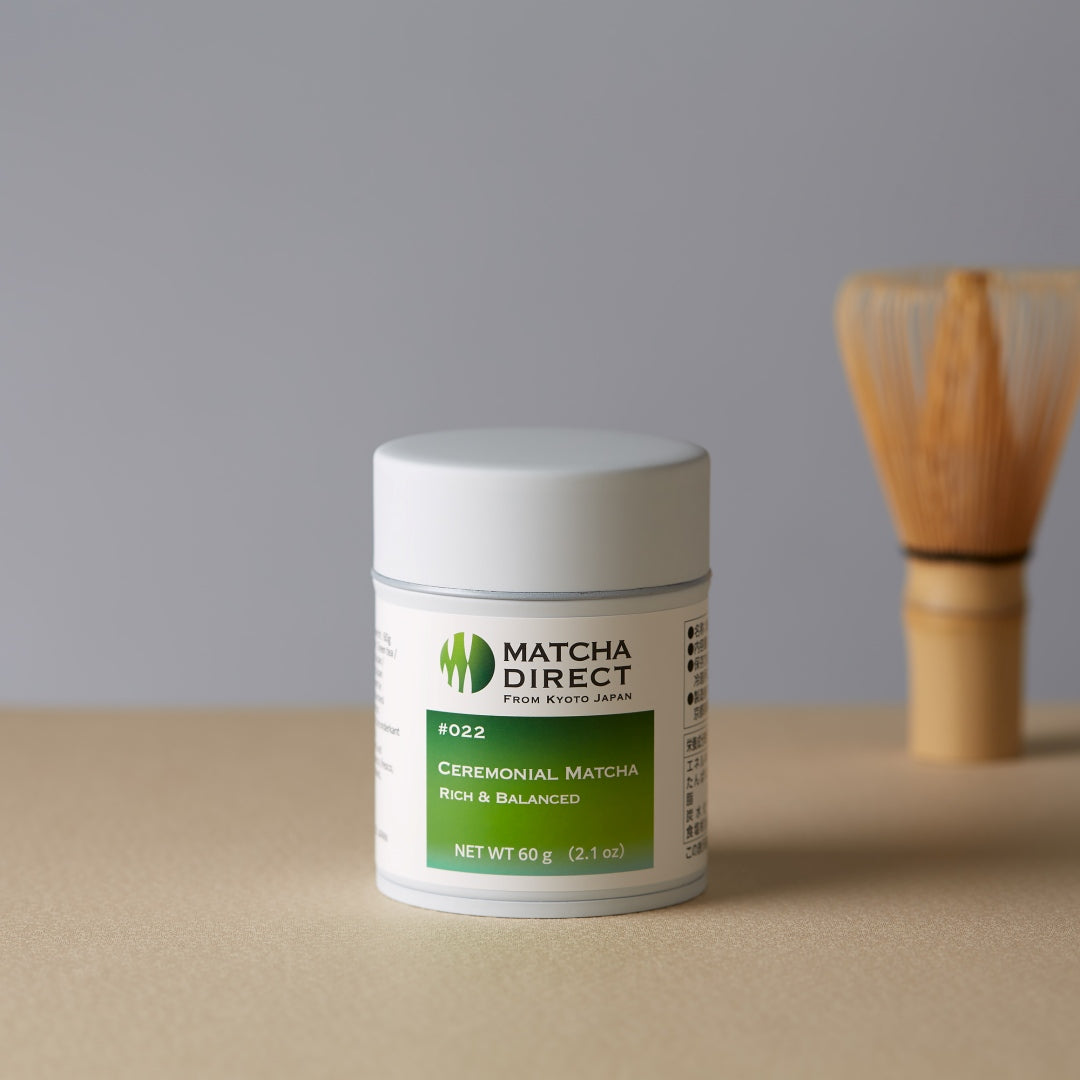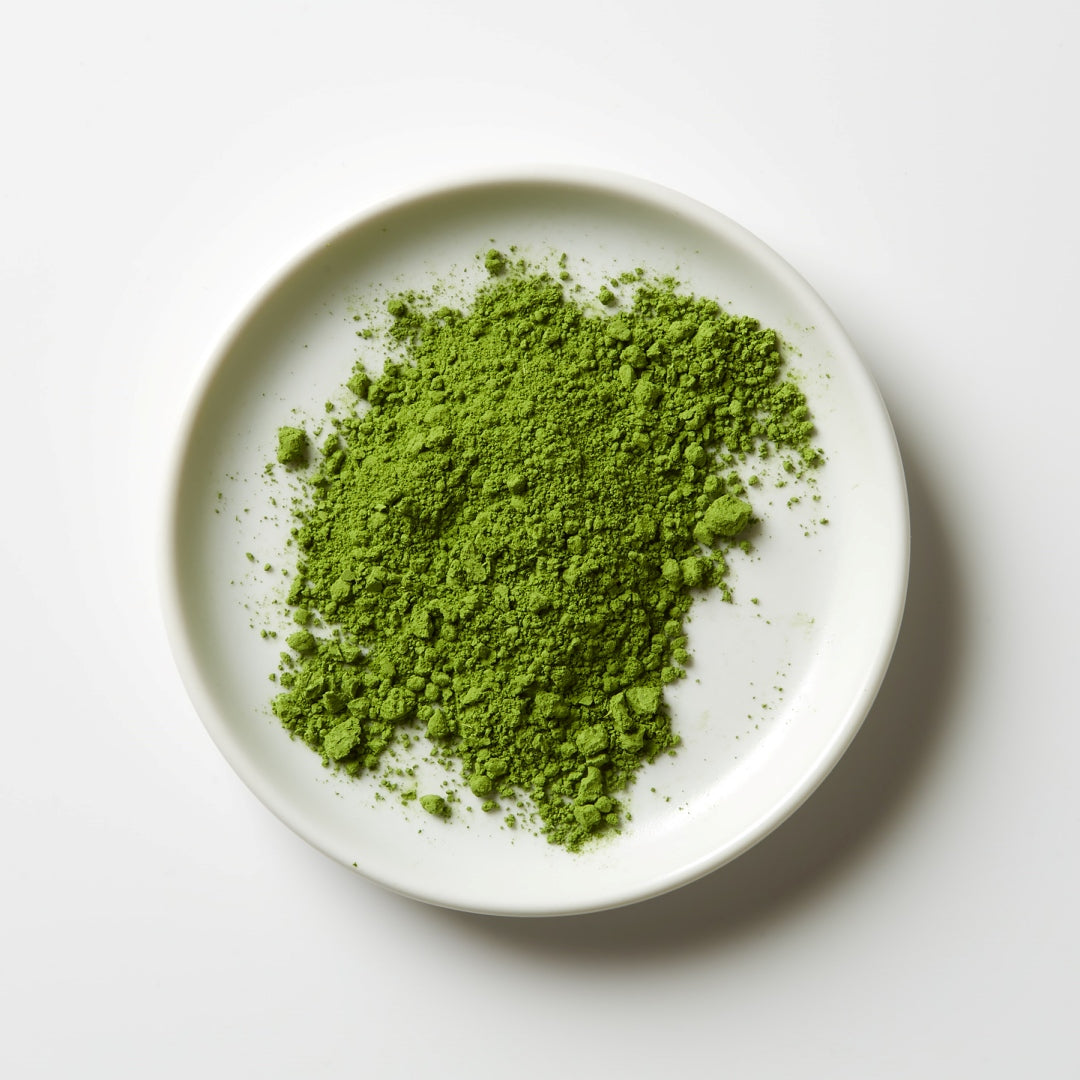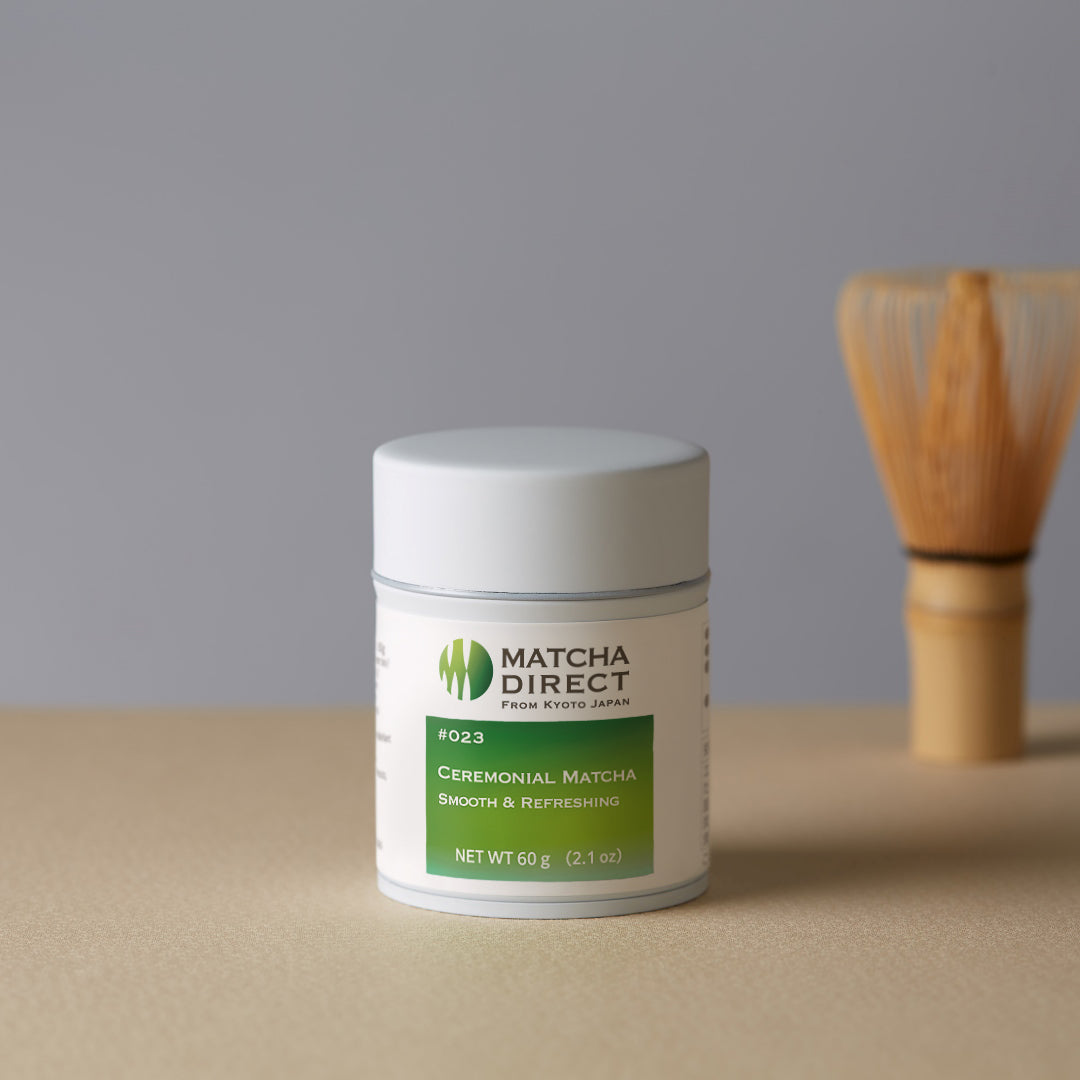Matcha Lemonade Recipe

Matcha, a traditional Japanese green tea, is enjoyed all around the world.
Its vivid green color catches people’s eye, while the pleasant bitterness at the first sip, the rich umami that gradually spreads across the tongue, and the subtle sweetness that lingers make it a beverage unlike any other—a true symbol of Japanese culture.
In addition to the traditional way of enjoying matcha whisked with a bamboo tea whisk (chasen), in recent years it has been widely incorporated into lattes, smoothies, desserts, and more, with countless new ways to enjoy it continuously emerging.
Among the many variations, “Matcha Lemonade,” which combines matcha and lemonade, has gained popularity not only for its flavor but also for its vibrant appearance that stands out on social media.
In this article, we will introduce the charm of matcha lemonade along with a delicious recipe for making it.
The Compatibility of Matcha and Lemonade
Matcha and lemonade may come from different cultural backgrounds—Japanese and Western—but they are considered highly compatible in several ways.
In terms of flavor, the umami and bitterness of matcha blend exquisitely with the sourness and sweetness of lemonade. The deep umami taste from high-quality matcha is enhanced by the tartness of lemon, while the gentle sweetness of lemonade softens the characteristic bitterness of matcha, resulting in a refreshing and clean-tasting beverage.
Beyond taste, they are also highly compatible in terms of aroma. The fresh, grassy scent of matcha layered with the fresh citrus fragrance of lemon creates a pleasant, refreshing aroma.
Additionally, the components contained in matcha and the flavor profile of lemonade complement each other well.
The caffeine in matcha is absorbed more gradually into the body compared to coffee, offering a gentle stimulating effect. When this effect is combined with the refreshing, clean taste of lemonade, it makes for a perfect drink not only to wake up in the morning but also to refresh yourself in the afternoon or whenever you need a break or a change of pace.
Nutritional Components in Matcha and Lemonade
Main Nutritional Components of Matcha
Matcha is rich in nutrients such as catechins, which provide antioxidant effects that help protect the body from within, as well as vitamins, minerals, and dietary fiber.
Among these, one particularly noteworthy component is theanine, a compound found in abundance due to the unique cultivation method of matcha where tea plants are grown under shade.
Theanine is known to promote relaxation, and when combined with caffeine (also present in matcha), it moderates its stimulating effects and supports sustained energy and focus.
Furthermore, since matcha is consumed as a powdered form of whole tea leaves, it allows you to efficiently absorb all of these nutrients—unlike regular green tea, which is steeped and filtered.
Thanks to this rich nutritional profile and multifaceted health benefits, matcha is often referred to as a “superfood” and is attracting attention from health-conscious individuals in these days.
Main Nutritional Components of Lemonade
Lemonade is a simple beverage made by combining lemon juice with sweeteners such as sugar or honey, diluted with water.
The primary component of lemonade is lemon juice itself, which contains key nutrients such as vitamin C, citric acid, and potassium.
Vitamin C is well known for providing vitality in daily life, and lemons are relatively high in it compared to other citrus fruits. However, vitamin C is sensitive to heat and easily breaks down at high temperatures.
For this reason, serving it iced is recommended to help your body absorb vitamin C effectively in matcha lemonade.
Additionally, cirtic acid-the compound that gives lemons their sour taste- is known to help relive fatigue and contributes greatly to their refreshing flavor.







